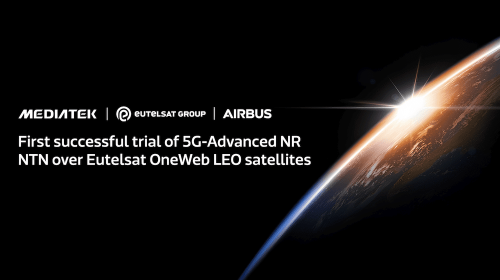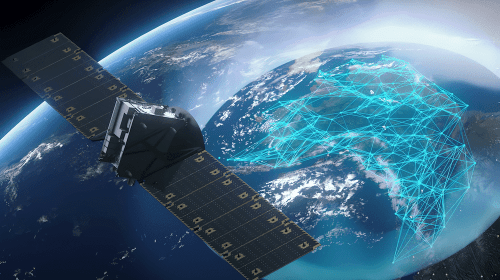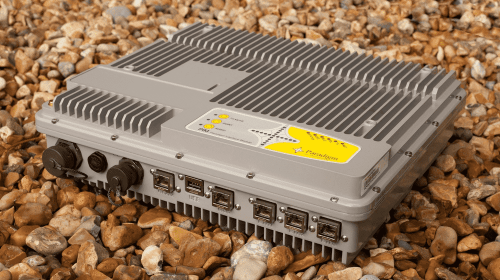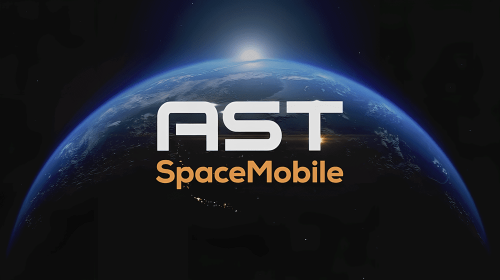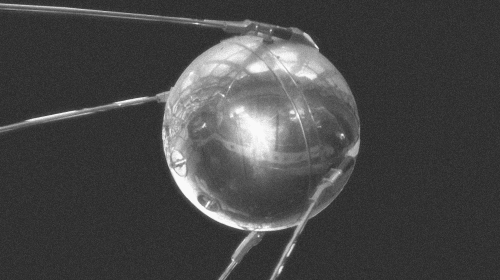Breakthrough Partnership with Gatehouse Satcom
Jul 11, 2025
The satellite communications sector is currently experiencing a remarkable change, with Space42, a UAE-based space and geospatial intelligence company, leading the direct-to-device (D2D) satellite technology sector. The company is also trying to close the gap between the terrestrial and satellite communication infrastructure through strategic partnerships and innovative technical demonstrations. Space42 has established a key partnership with Gatehouse Satcom, a Danish software developer who provides solutions in satellite communications. This collaboration has resulted in spectacular outcomes in terms of promoting D2D connectivity capabilities. The collaborative initiative was able to prove the feasibility of NB-IoT applications on Space42 L-band geostationary satellites with 3GPP compliant Release 17 technology, a major step towards satellite-terrestrial convergence.
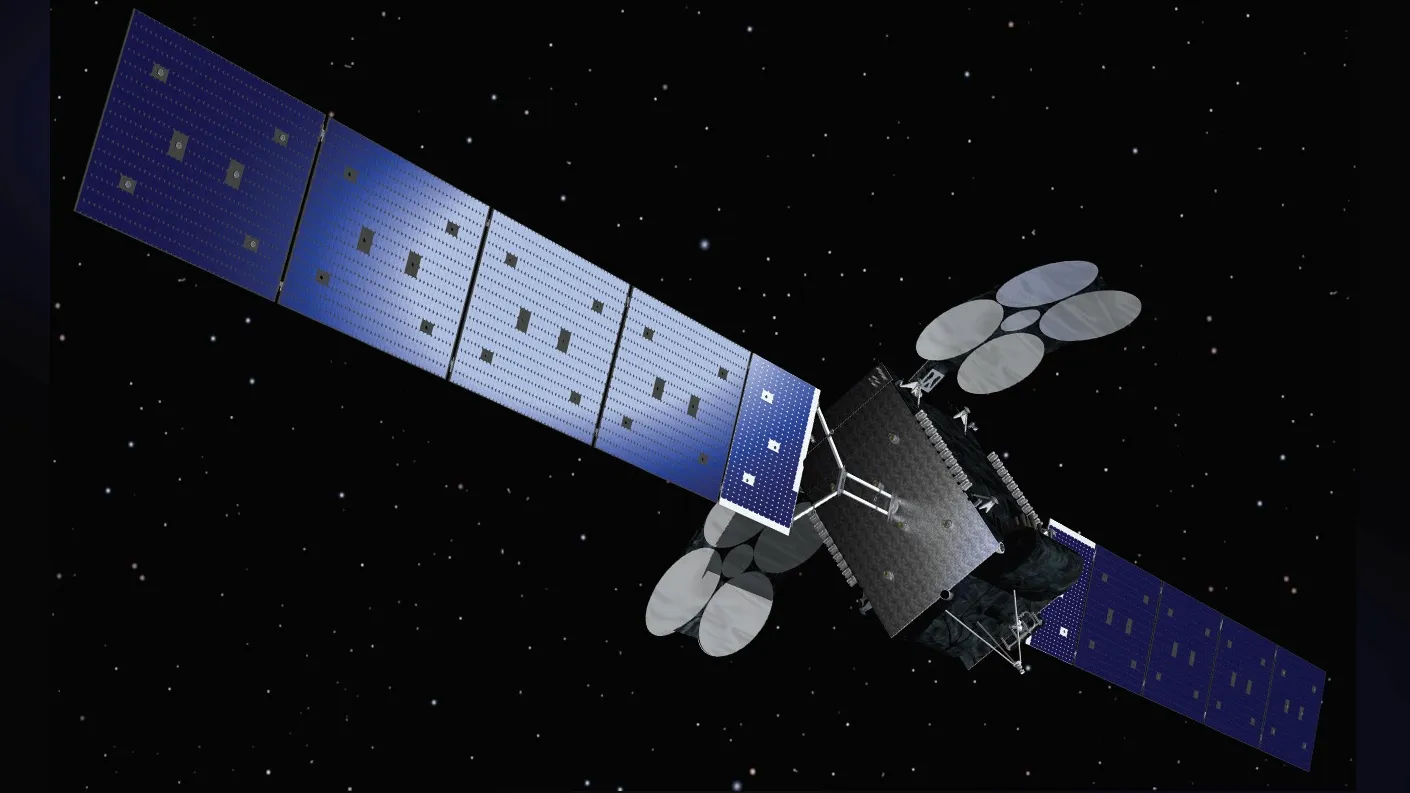 3D rendering of Space42’s Al Yah 3 satellite. Credit: Space42
3D rendering of Space42’s Al Yah 3 satellite. Credit: Space42
The test showed that the connection of the standard 3GPP-compliant devices, such as typical smartphones and IoT modules, with the Space42 satellite network could be performed without any difficulties. This innovation confirms that satellite-based services can be provided on the basis of globally standardized infrastructure offering opportunities to any telecommunications operator or original equipment manufacturer to interconnect with the system. The technical accomplishment is more than a demonstration of concept. Jesper Noer, VP Commercial at Gatehouse Satcom, said that 5G NB-IoT over geostationary satellites is a very challenging solution, but one that their software architecture is specifically geared to address. He highlighted that their solution can be flexed to various satellite constellations and still satisfy the global standards, and this makes it ready to accommodate the next generation of non-terrestrial network innovation.
Commercial Readiness and Market Engagement
Space42 is currently in the process of developing mobile operator and industry stakeholder relationships with the aim to commercially deploy this technology at the end of this year. The strategy of the company evidences a strategic decision to align with the transformational open-standard technologies at the early stage of their development and scale them through specific programs and provide practical results through the trusted partnership. This active involvement plan will allow Space42 to build a good rapport with potential customers well in advance of actual commercial launch so that the market is ready and time-to-revenue is shorter. The collaborative strategy also gives the company an opportunity to obtain useful feedback in the development stage so that services could be refined to suit particular needs of operators and market demands.
 Space42 Arena in Al Raha Beach, Abu Dhabi – a modern event venue operated by Space42. Credit: Space42
Space42 Arena in Al Raha Beach, Abu Dhabi – a modern event venue operated by Space42. Credit: Space42
The project is focused on strategic areas such as energy, agriculture and transportation, industries in which high-reliability, wide-area connectivity cannot be solely based on ground-based infrastructure. The area of focus helps to solve real-life problems in rural and underserved regions where conventional cellular networks might not be enough or inexistent. The D2D solution is vital to the energy companies that use offshore platforms or remote wind farms that require monitoring and control systems to guarantee safety and efficiency of the operations. In farming, rural farmers can use the IoT sensors that are linked through the satellite to assess the crops, soil moisture, and livestock to employ precision farming methods that both boost yields and diminish resource use.
Expanding Strategic Alliances
In addition to the Gatehouse Satcom partnership, Space42 has forged other strategic alliances in order to fast-track its D2D vision. The company entered a memorandum of understanding with Viasat to discuss the possibilities of collaboration in developing a comprehensive 5G non-terrestrial network project. The partnership will focus on the expanding market within the direct-to-device satellite communications, the narrowband Internet of Things, and the mobile satellite services. The collaboration with Viasat is especially notable since market forecasts suggest that the satellite part of the D2D market may reach $50 billion by 2032. This high growth potential suggests broader consumer and commercial applications beyond conventional enterprise and government markets.
The initial step of the Viasat partnership is carrying out extensive technical and commercial analysis to create a common, multi-orbit 5G NTN infrastructure with open architecture based on standards. This infrastructure will be built to support L-band, S-band, and ground spectrum operations so as to allow roaming across regional network operators across the globe. The companies are acting under specifications developed by the Mobile Satellite Services Association and using licensed MSS satellite spectrum and open interoperable architectures on 3GPP standards. Ali Hashemi, CEO of Yahsat Space Services, a Space42 company stated that by creating an ecosystem of shared innovation, interoperability, and open standards, there is a new opportunity to use D2D, IoT and MSS applications.
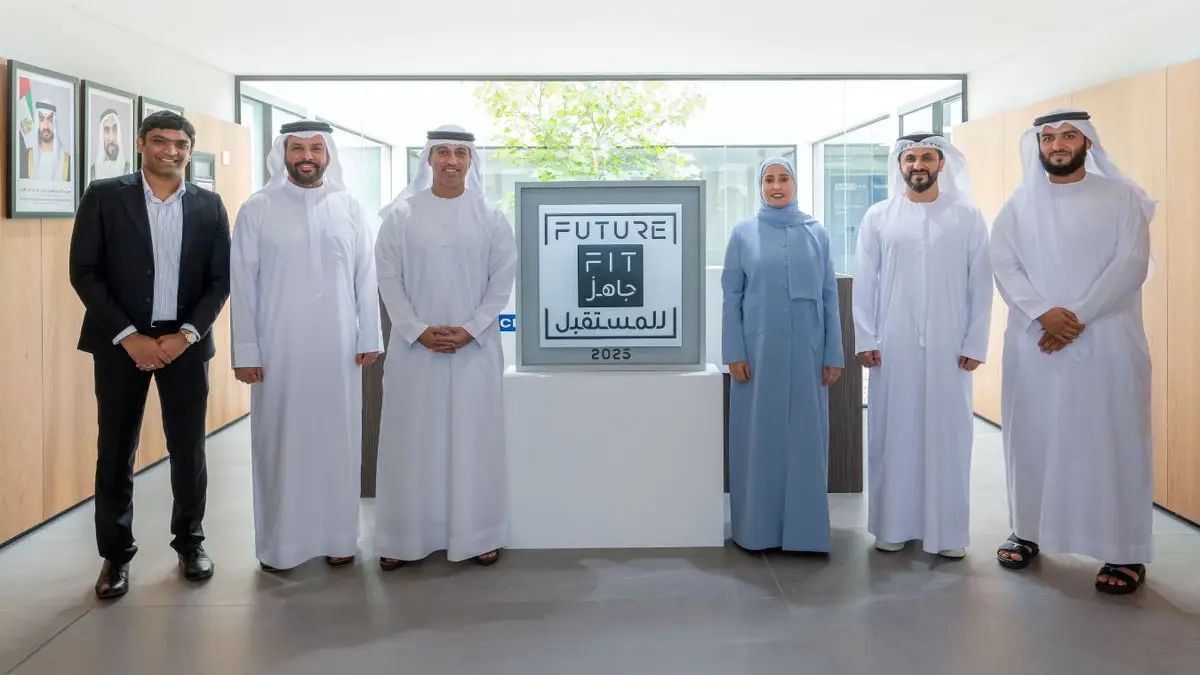 Space42 receives the Future Fit Seal for AI-powered geospatial analytics. Credit: Space42
Space42 receives the Future Fit Seal for AI-powered geospatial analytics. Credit: Space42
The strategic actions taken by Space42 are the indicators of the wider industry trends of convergence of satellite and terrestrial communications. Such concurrent initiatives point to an industrywide drive to standardize and interoperate the satellite-terrestrial communications solutions. The management of Space42 has presented an elaborate three-phased approach to implementing D2D, which implies a well-coordinated market penetration and growth strategy. This systematic approach proves the desire of the company to develop sustainably in the new D2D market. The staged model will enable Space42 to test the tech functionality, form significant partnerships, and expand operations without having to deal with technical and commercial risks. The company will be in a position to adjust to the regulatory environment and technological advancements that will arise as the D2D satellite communications industry continues to develop by focusing on incremental deployment instead of aggressive market penetration.
Looking Forward
The appearance of Space42, as an important industry participant in the D2D satellite communications market, is the result of the successful combination of the accumulated Yahsat experience in the field of satellite communications with the capabilities of Bayanat AI geospatial solutions. Created as a result of a merger between these two UAE-based businesses, Space42 has a large fleet of satellites, such as Al Yah 1, Al Yah 2, Al Yah 3, and the Thuraya constellation that it acquired in 2018. The company has diversified business units including Space Services and Smart Solutions that offer a broad base to the delivery of new and innovative space-based services that are geared at making a huge societal and economic impact as well as meeting the increasing need of ubiquitous connection solutions.
The Middle East market location of Space42 offers exclusive opportunities to develop globally, especially considering the fact that the region is becoming more interested in space-related technology and digitalization efforts. The Abu Dhabi head office of the company is strategically located to connect the European, Asian and African markets, and its extensive satellite coverage is also able to reach geographically diverse areas with different levels of connectivity needs. This geographic advantage in addition to the supportive regulatory environment in UAE and the investment in space infrastructure makes Space42 to take the advantage of the growing D2D market opportunities and the flexibility of operations to meet the changing technological standards and customer demands across the continents.

